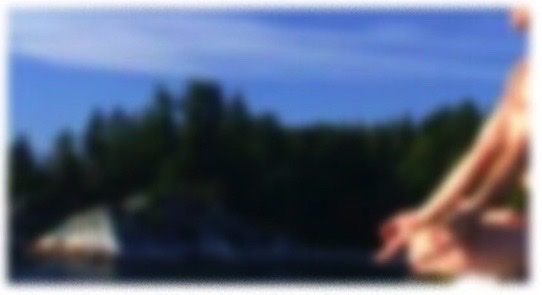 In this week’s PM blog, I will be naked…. in my promotional zeal, in my interest in your consideration of Practical Mindfulness as a timely and trusted resource as we all limp from this brain-and-soul-scrambling year almost done to a hopeful-but-who-really-knows next one. Like tax cuts for supply-siders, I can make sound arguments on either side of the okay!/oh no! dialectic:
In this week’s PM blog, I will be naked…. in my promotional zeal, in my interest in your consideration of Practical Mindfulness as a timely and trusted resource as we all limp from this brain-and-soul-scrambling year almost done to a hopeful-but-who-really-knows next one. Like tax cuts for supply-siders, I can make sound arguments on either side of the okay!/oh no! dialectic:
• Okay! …. 2021 will be a year of opportunity, of healing, and of a clear-minded approach to the challenges of a civil society literally and figuratively re-emerging into daylight and caring connection. There’s no better time to develop and utilize our own innate capacities in awareness than this one, and Practical Mindfulness will be our go-to guide in that noble endeavor. (Pre-order the book!)
• Oh No! …. 2021 will be a year of uncertainty, of persistent grievance, and of a vigilant approach to the challenges of a civil society literally and figuratively simmering in a dangerous tension between our shared humanity and a hunkered-down binary of opposing worldviews. There’s no better time to develop and utilize our own innate capacities in awareness than this one, and Practical Mindfulness will be our go-to guide in that unfortunate but necessary endeavor. (Pre-order the book!)
Whichever pitch resonates (I’m personally betting on “Okay!”), you can pre-order PM at these fine online retailers worldwide:
https://mango.bz/books/practical-mindfulness-by-greg-sazima-1556-b
https://www.amazon.com/Practical-Mindfulness-Physicians-No-Nonsense-Meditation/dp/1642504378
https://www.barnesandnoble.com/w/practical-mindfulness-greg-sazima-md/1137182141?ean=9781642504378
https://www.amazon.de/-/en/Greg-Sazima-MD/dp/1642504378
https://www.amazon.co.jp/-/en/Greg-Sazima-MD/dp/1642504378
Thanks as always for your interest. I will leave you this week with a small sample of content from the book, addressing the nature of that moment of pivot from “lost” to “not lost” in any meditation practice.
Take care and stay safe, friends. GCS
***********************************
Watch the breath cycle, in then out, right now.
Unless you are the reincarnated Buddha himself (namaste!), you will inevitably, at some point—a second later, a minute, or ten—lose attention. Something intrudes, distracts. A thought or a sensation or some other wavicle flutters by briefly or completely highjacks your lovely observation. It’s “what’s for breakfast?” or “ow, my knees,” or, “boy, that author is long-winded,” or something. Or it’s a tune out into sleepy dullness.
What then?
Just as awareness inevitably slips away, there is also and eventually a lovely sweet spot, a pivot point, when the self-aware mind comes back online. We’ll spend time later on this magic moment and some things to do with it. But for now, it’s sufficient to be aware of distraction ended, attention regained.
Pretty much every teaching then provides the simple but power-packed direction.
“Without judgment, return your attention to the breath.”
This is as opposed to,
“First convene an interior kangaroo court of your amygdalae, hippocampi and caudate nuclei, and proceed with a show trial for the crime of losing attention, you numbskull. Guilty!”
There are two good reasons for this pithy instruction. One: such a convening introduces shame for losing attention, which is not helpful to the cause of continuing the practice and getting into a real groove. And, two: that judgy narrative is just more thinking, an addition to the field. Critique isn’t the day’s plan, which is to observe the breath, not to work on a Law & Order: Thought Crime Unit screenplay.
In my curriculum for elementary school kids, I use the metaphor of attention being like a puppy who is trained to sit and stay. Patient repetition and kindness to the little pooch, most would agree, yields a better result than yelling or, good God, worse. If that helps, take a tip from the kids. Treat your attention in early training as little Rover. Be nice to Rover, and train that pooch kindly.